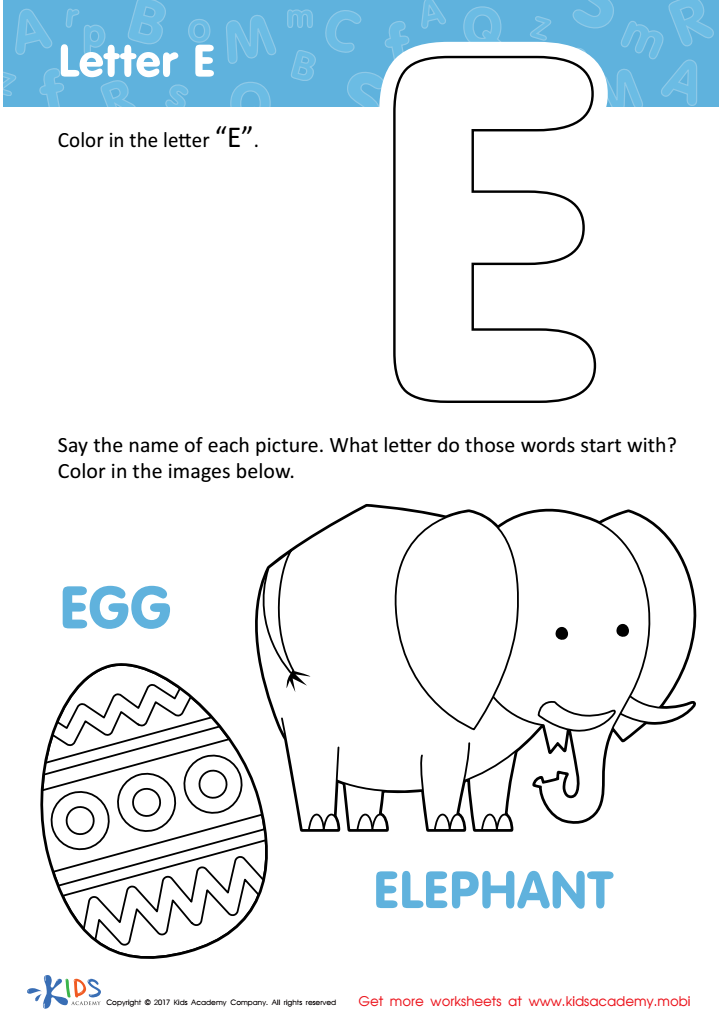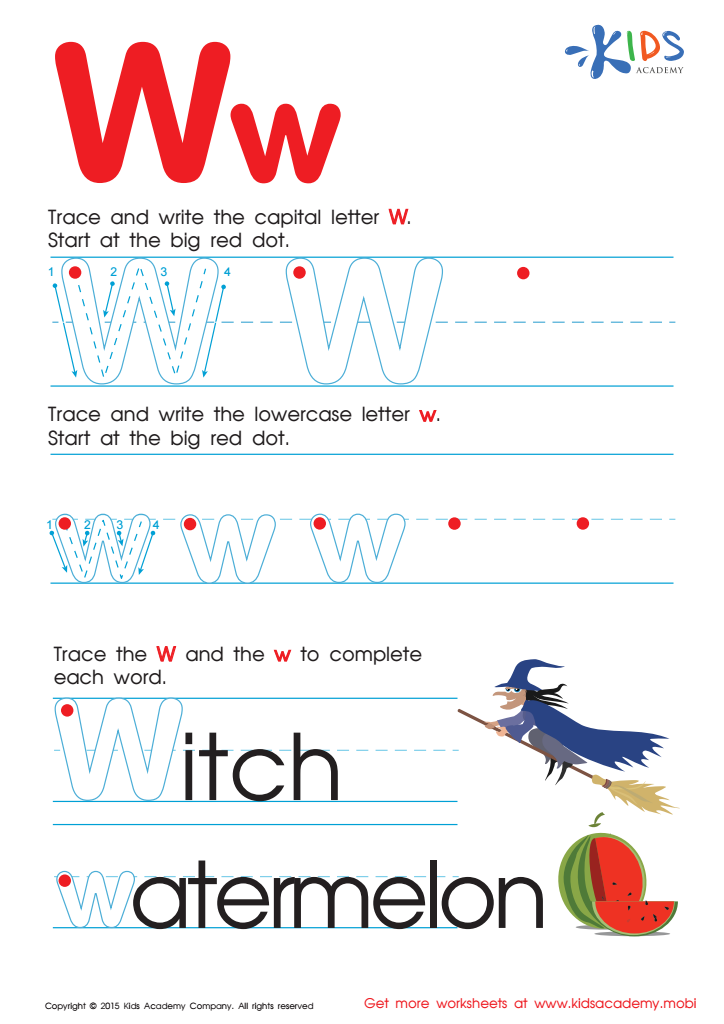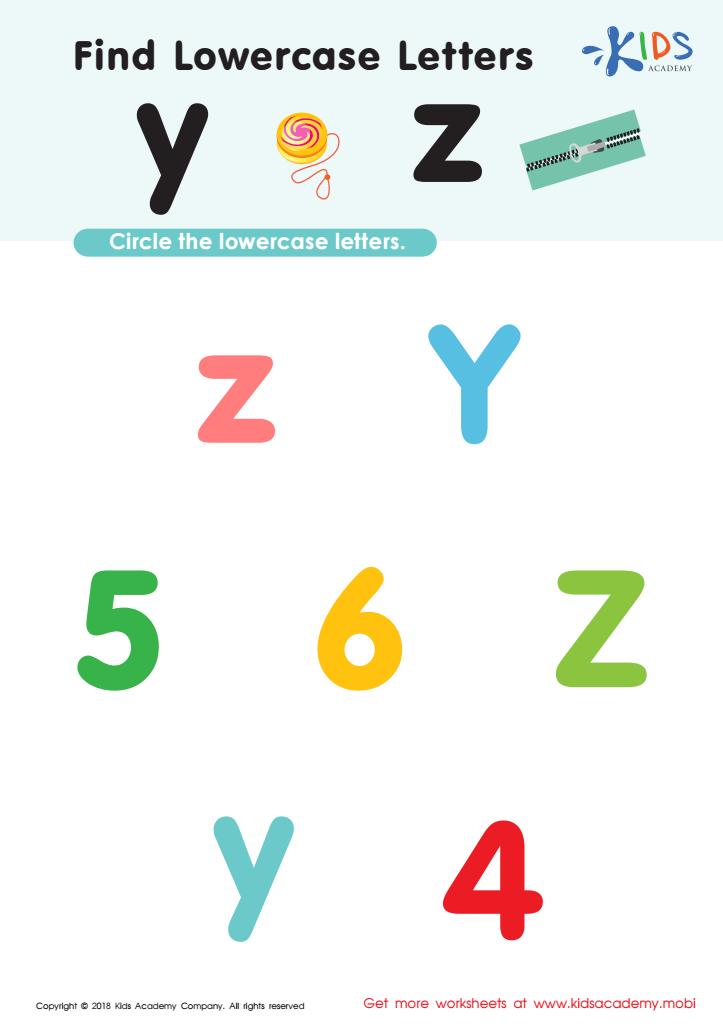Alphabetical understanding Letter Recognition Worksheets for Ages 3-7
3 filtered results
-
From - To
Our Alphabetical Understanding Letter Recognition Worksheets for ages 3-7 are designed to help young learners master the alphabet in a fun and engaging way. These beautifully crafted sheets teach letter formation, recognition, and phonetics, providing a strong foundation for reading and writing. Perfect for preschool and early elementary students, the worksheets offer a variety of activities including tracing, matching, and coloring. Tailored to enhance fine motor skills and cognitive development, our resources will keep your child engaged and excited about letter learning. Unlock the joy of alphabet discovery today with our expertly designed learning materials.


Letter E Coloring Sheet


Letter W Tracing Page


Find Lowercase Letters y z Worksheet
Alphabetical understanding and letter recognition are foundational skills that set the stage for future literacy and academic achievement in children aged 3-7. During these formative years, the brain is highly receptive to learning and absorbing new information. Recognizing letters and understanding their corresponding sounds are critical precursors to reading and writing.
First, letter recognition helps children associate visual symbols with sounds, a key step in the decoding process involved in reading. For example, knowing that the letter "B" makes a "buh" sound enables a child to begin forming words with those sounds. This knowledge accelerates their ability to learn words by sight and sound, which enhances their reading fluency.
Second, early literacy skills improve children's confidence and enthusiasm for learning. When they successfully identify letters and their sounds, it instills a sense of achievement that encourages them to tackle more complex tasks.
Third, early proficiency in literacy connects to broader academic success. Studies show that children who enter school with solid pre-reading skills are more likely to excel in other subjects. Reading comprehension is a fundamental skill that supports understanding in areas such as math, science, and social studies.
Therefore, parental and teacher investment in fostering alphabetical understanding and letter recognition during ages 3-7 builds a strong, versatile foundation for lifelong learning.
 Assign to My Students
Assign to My Students














